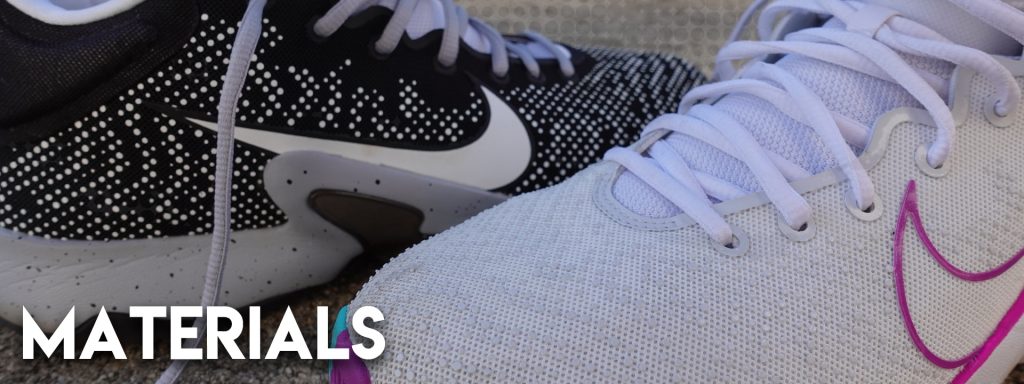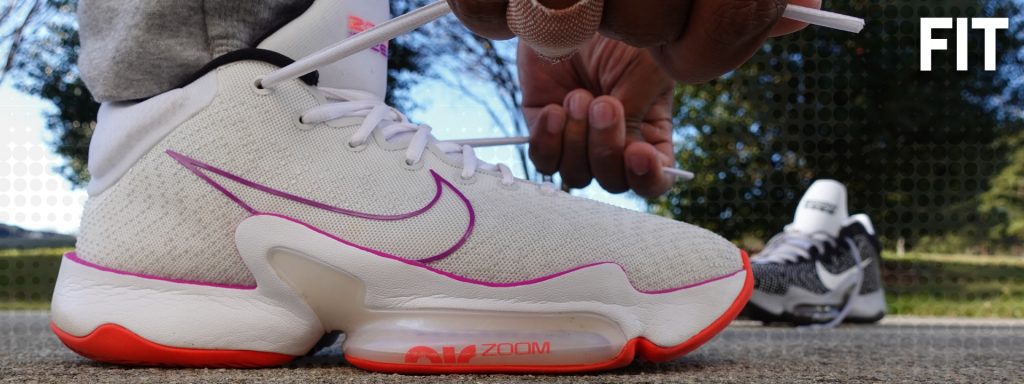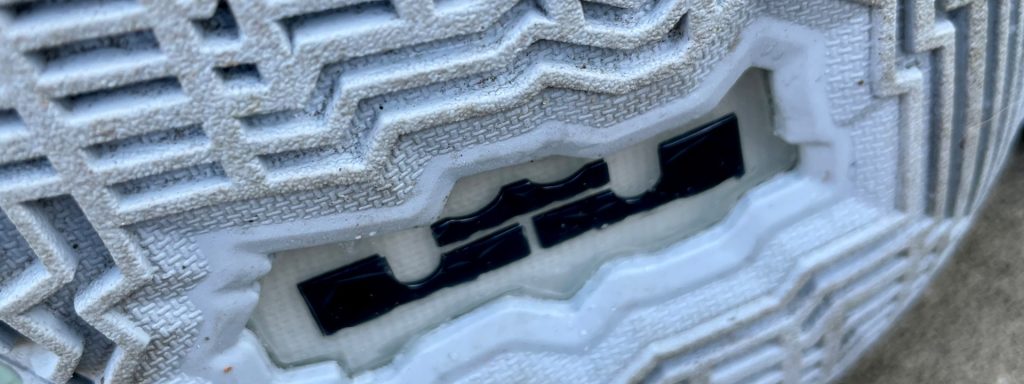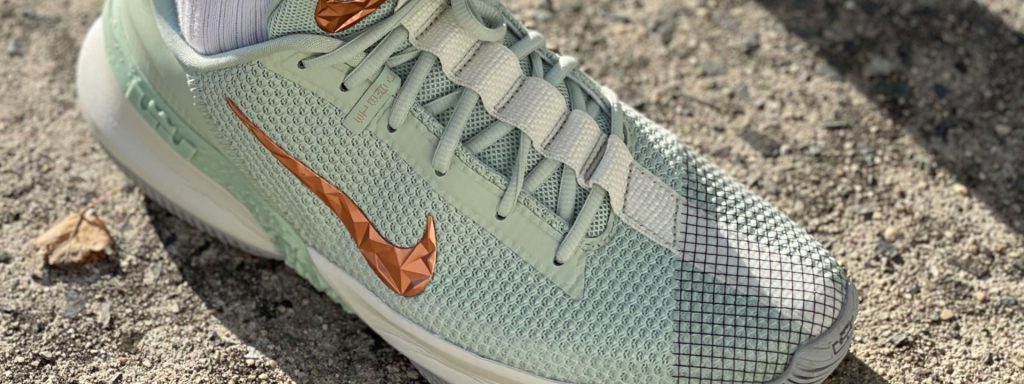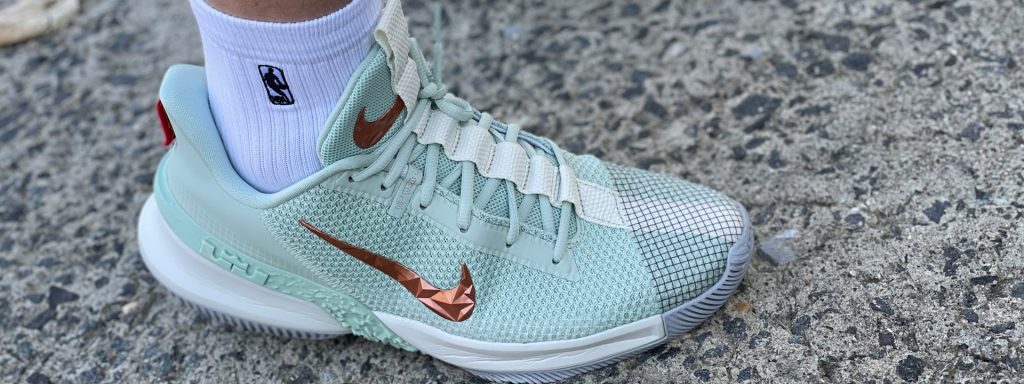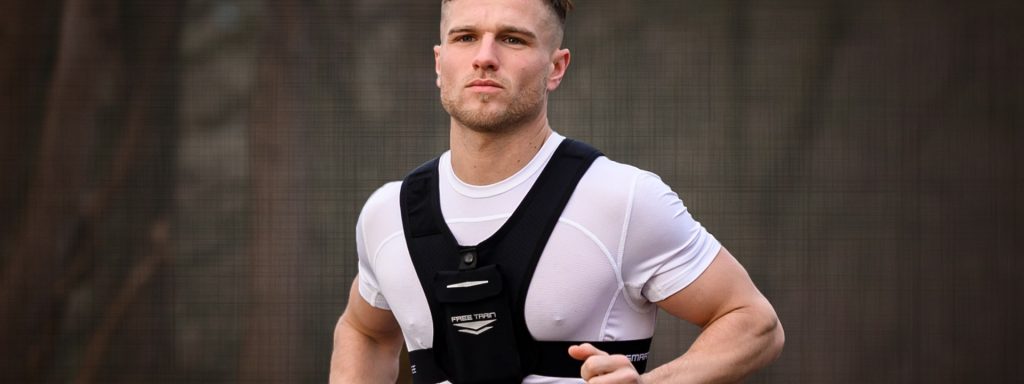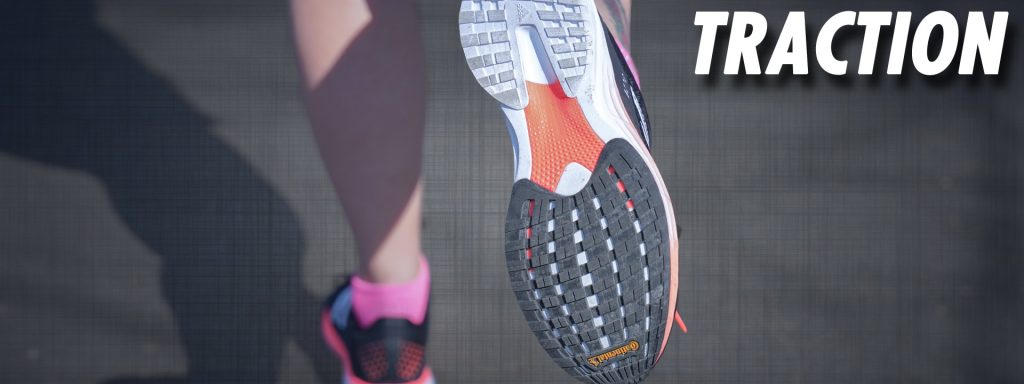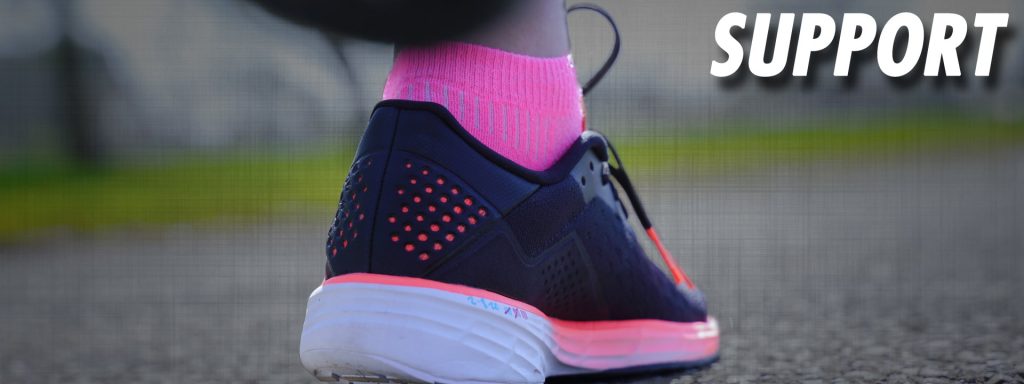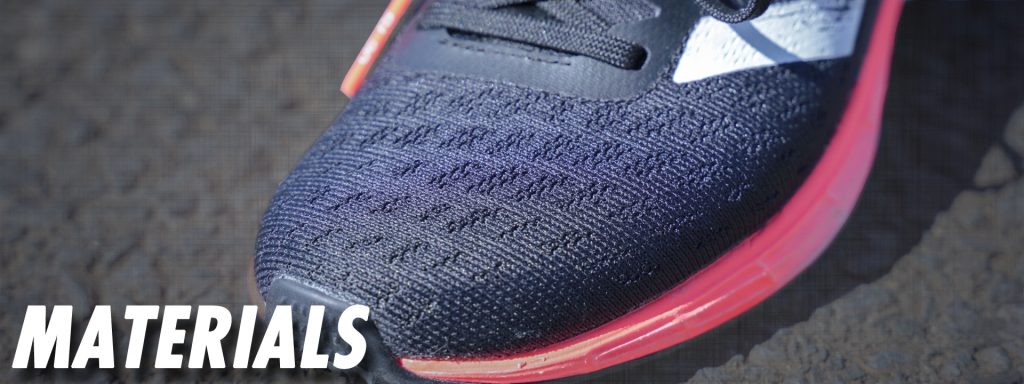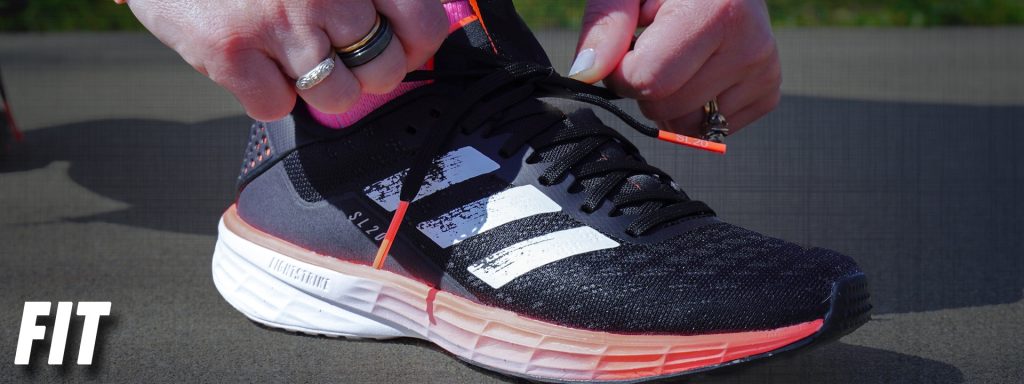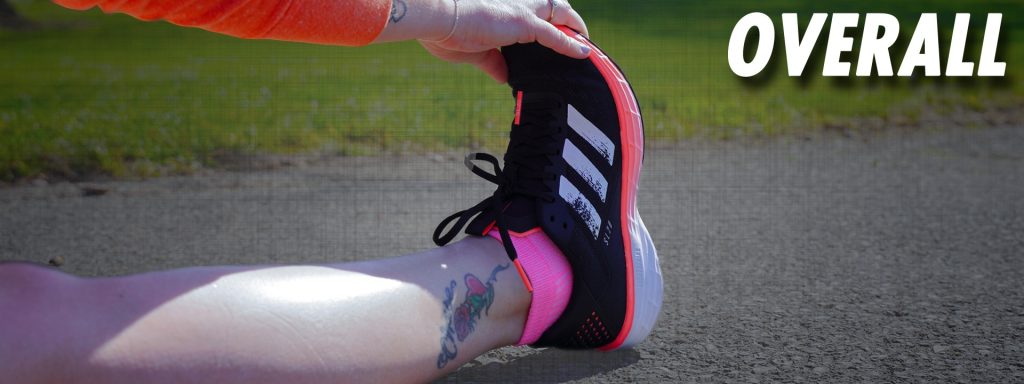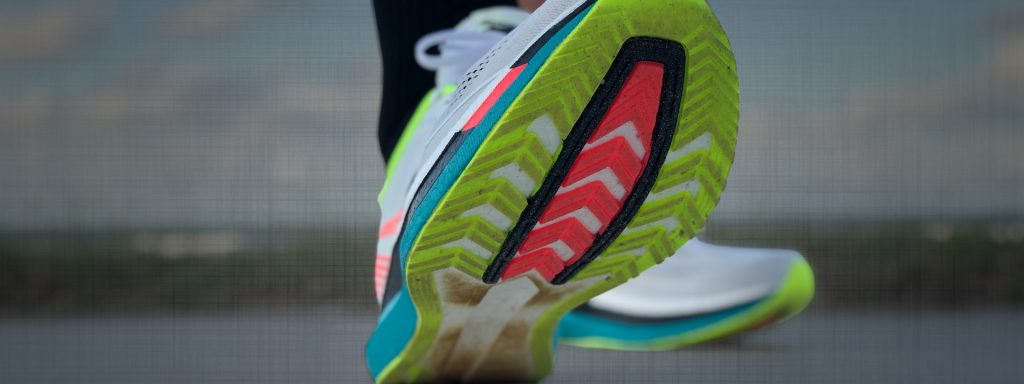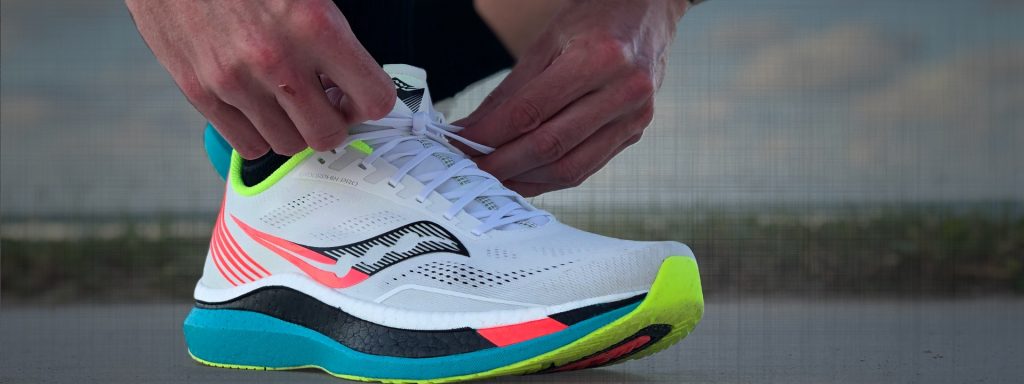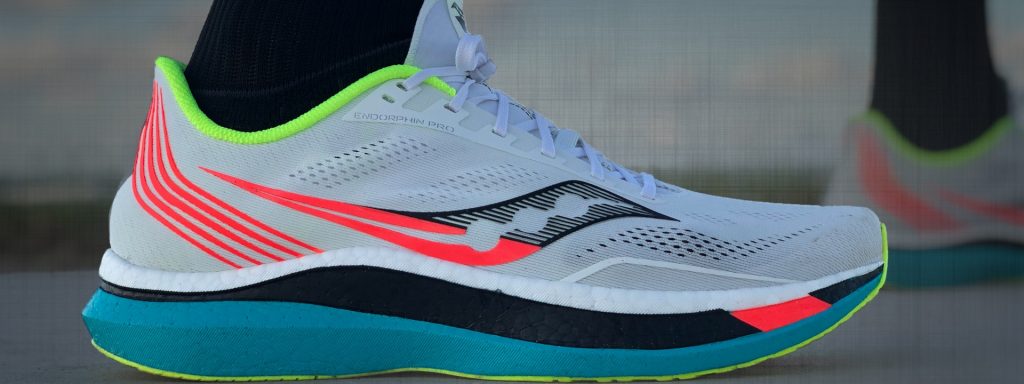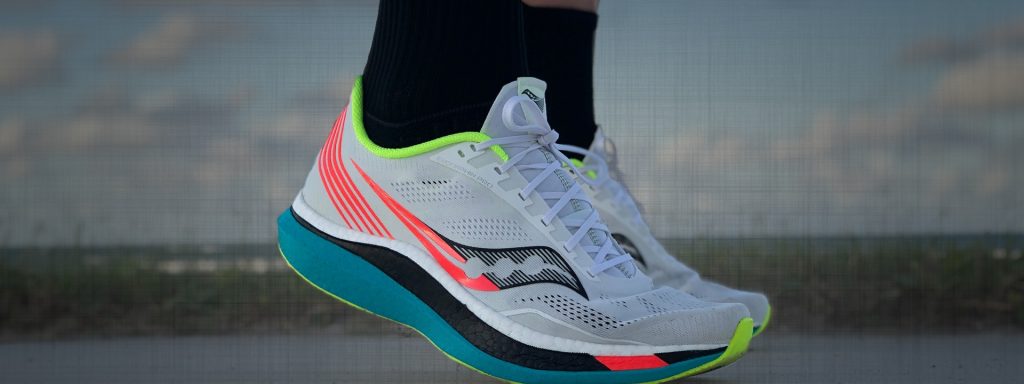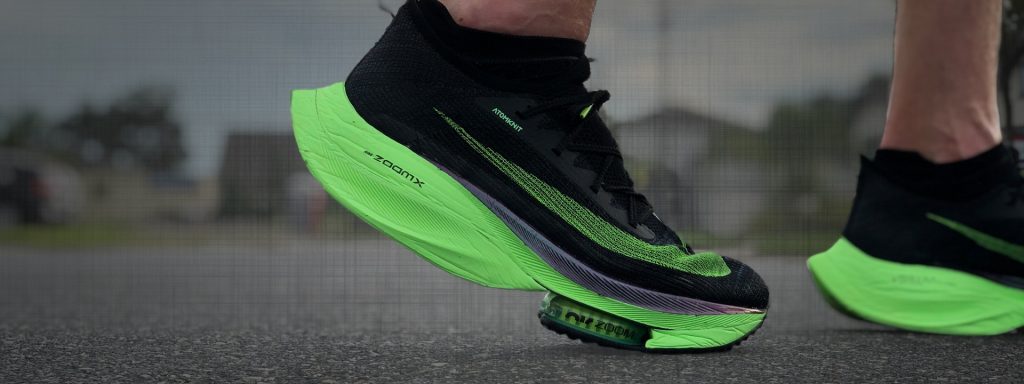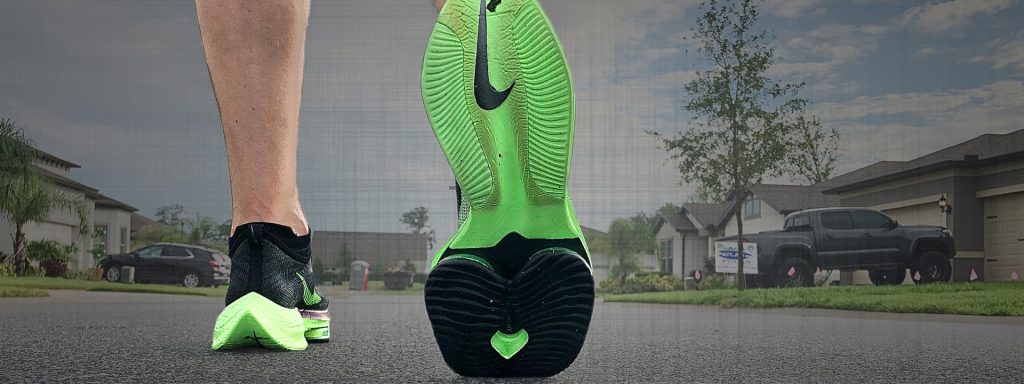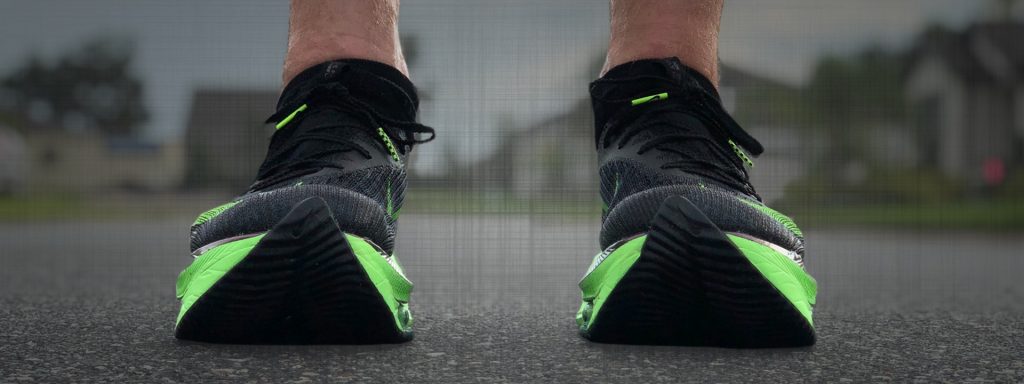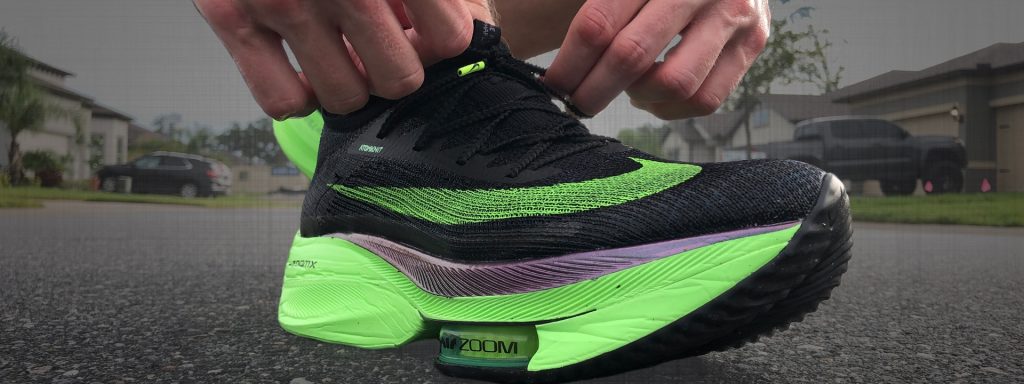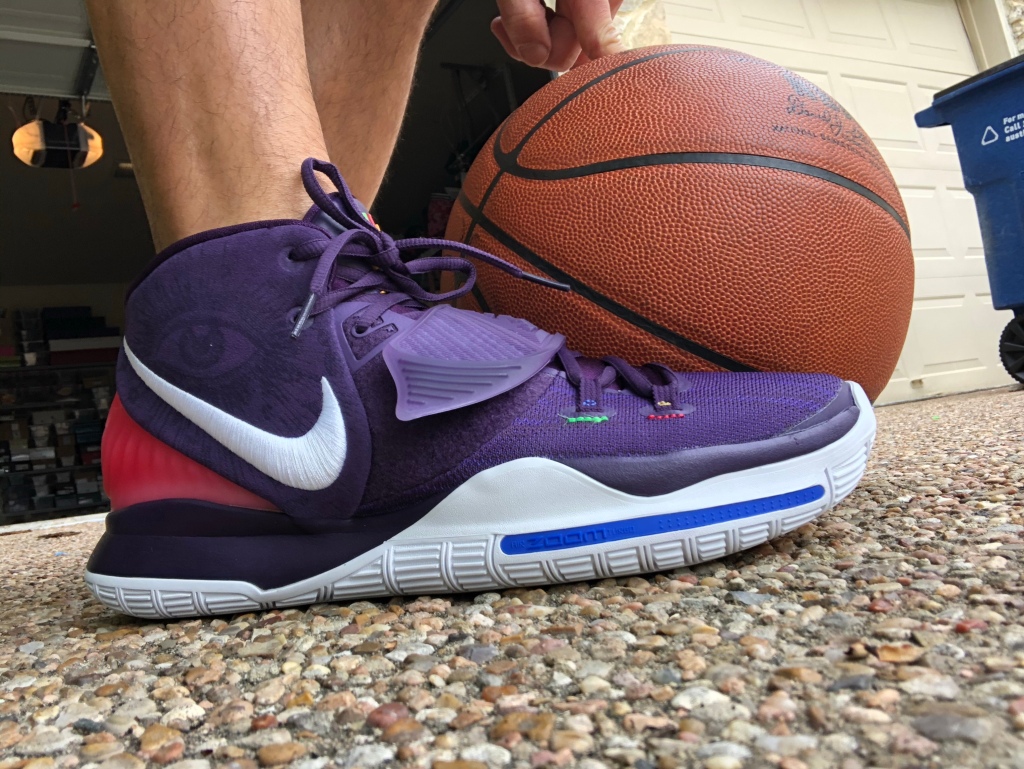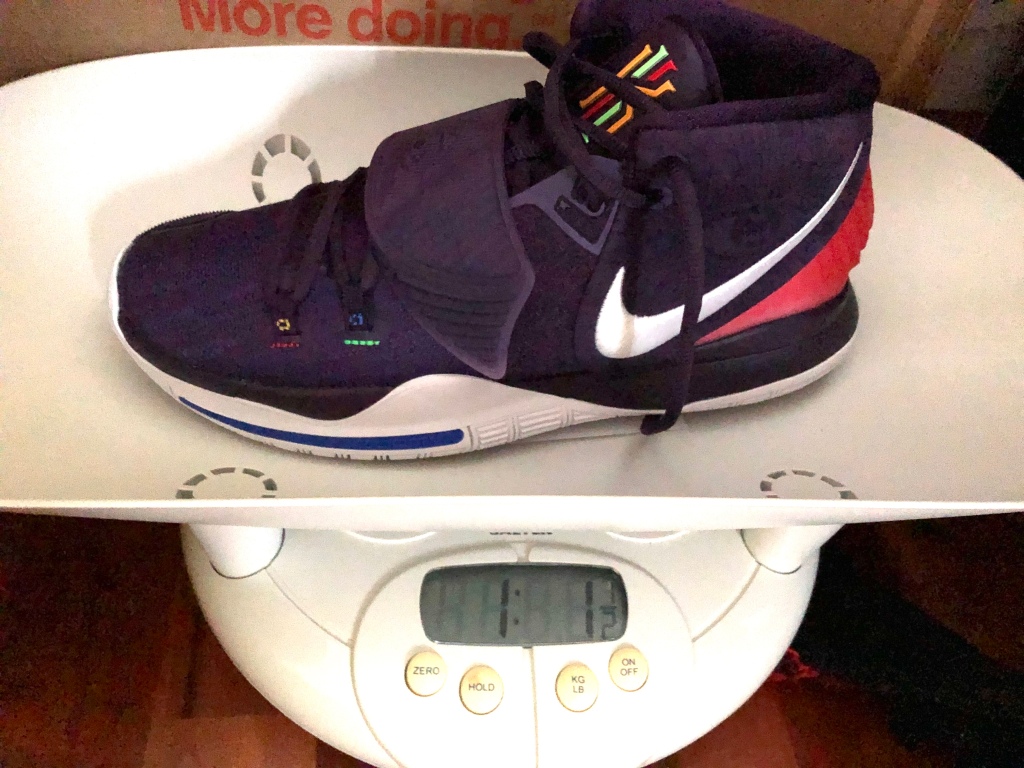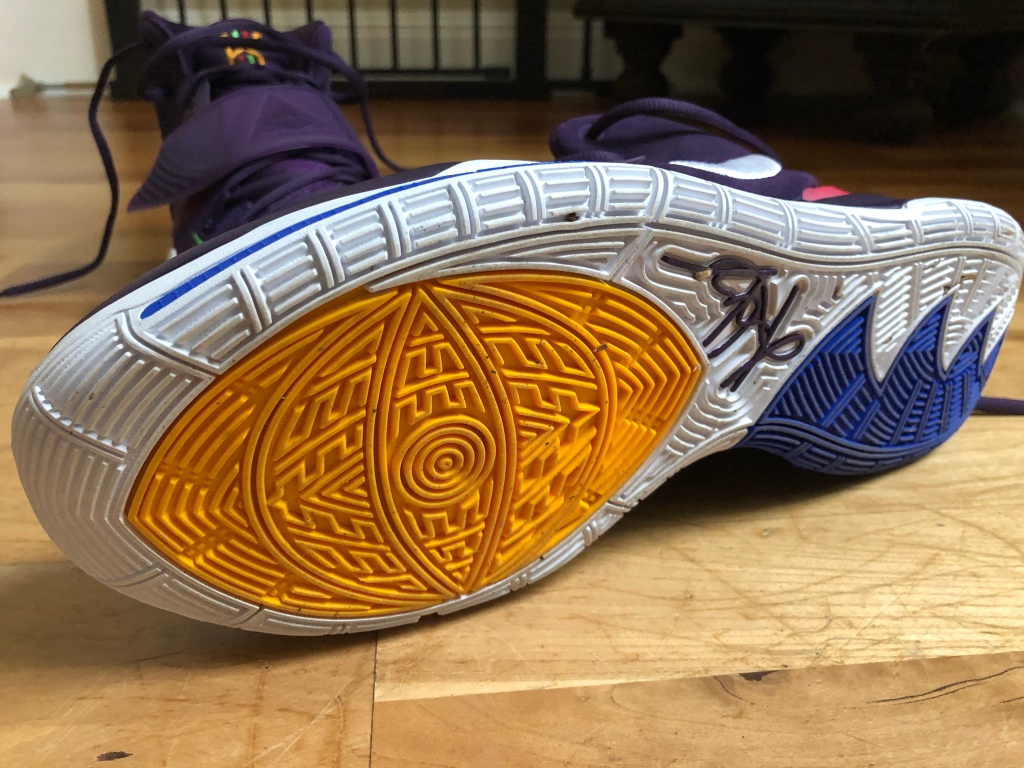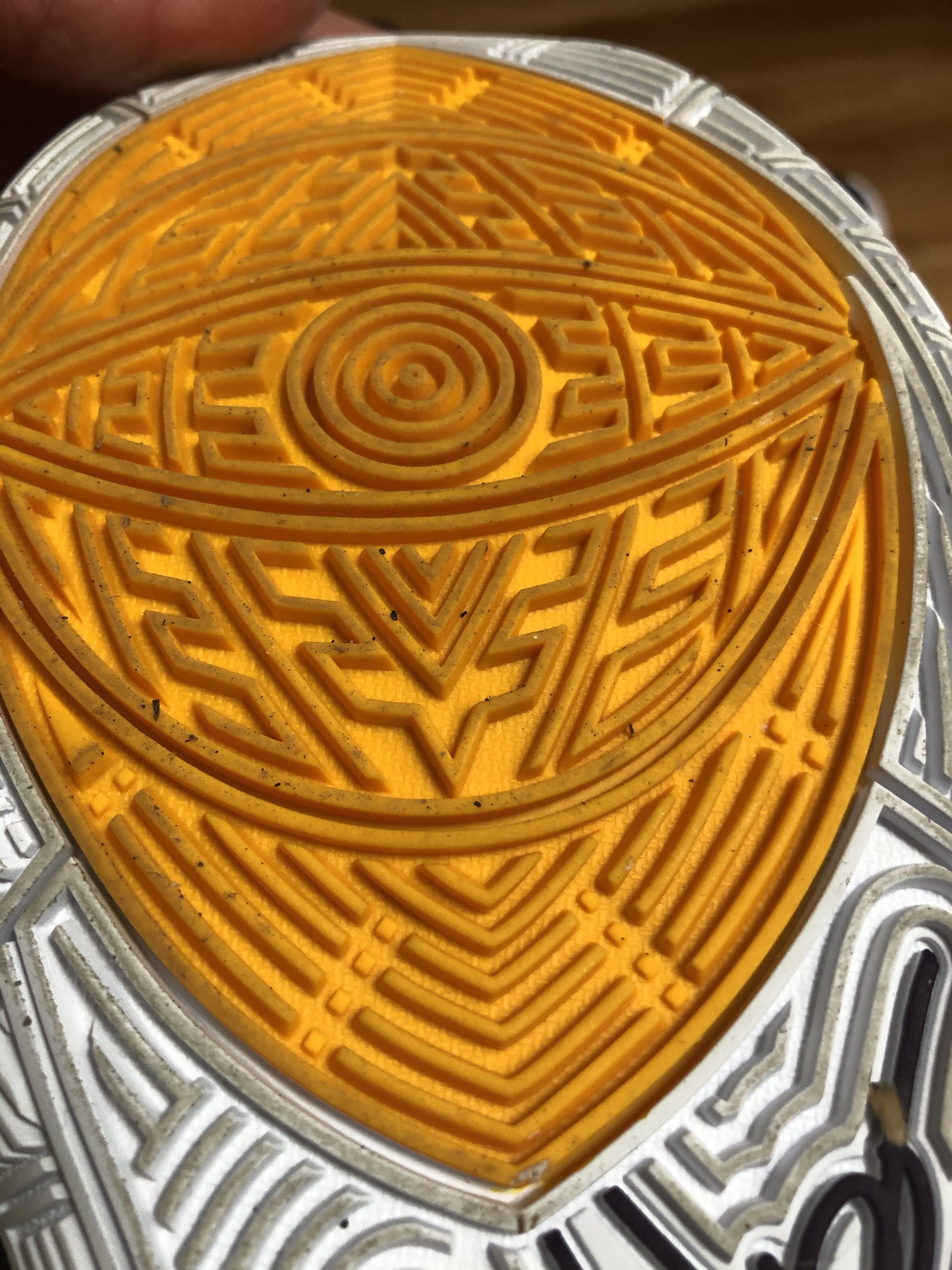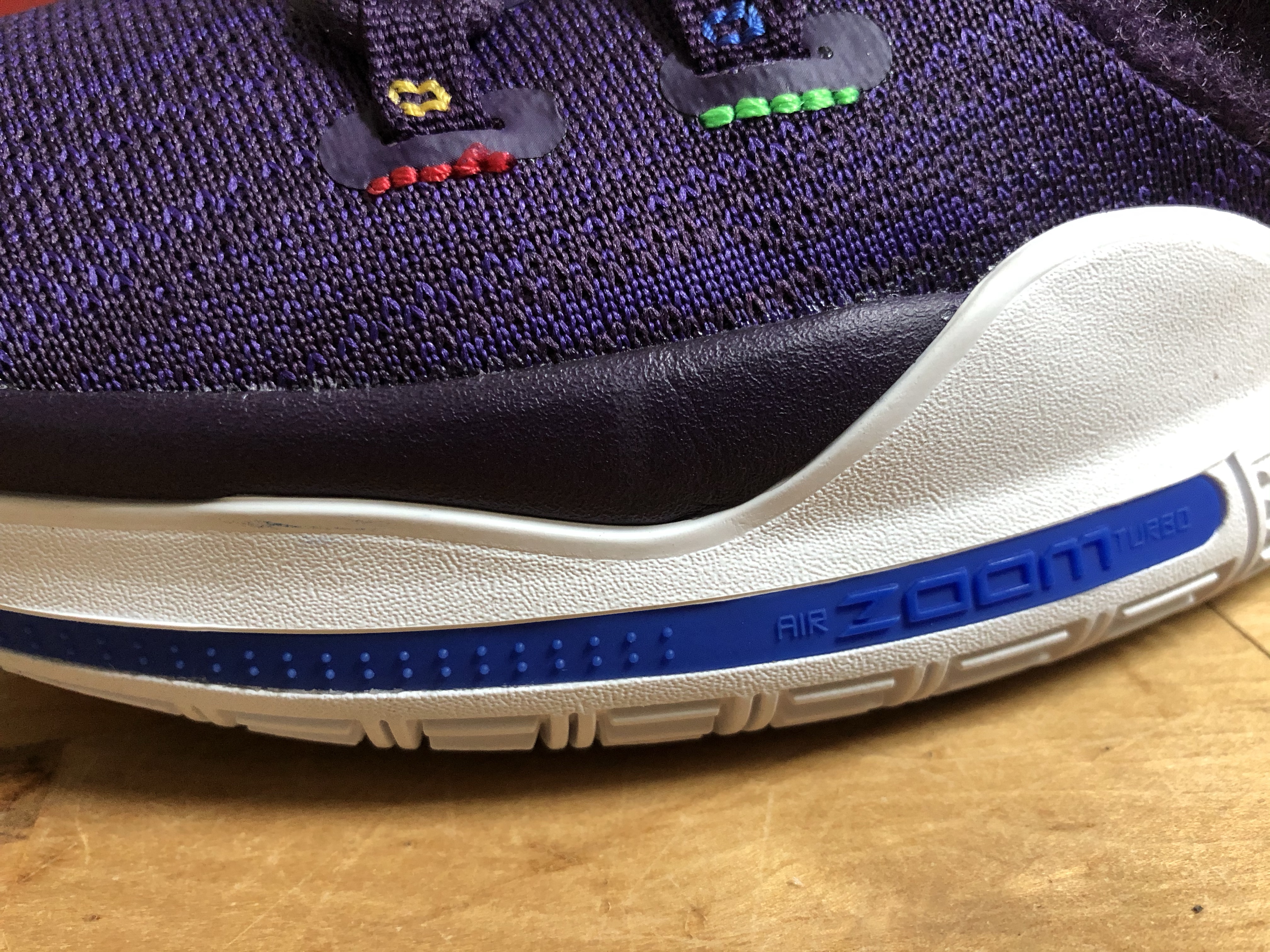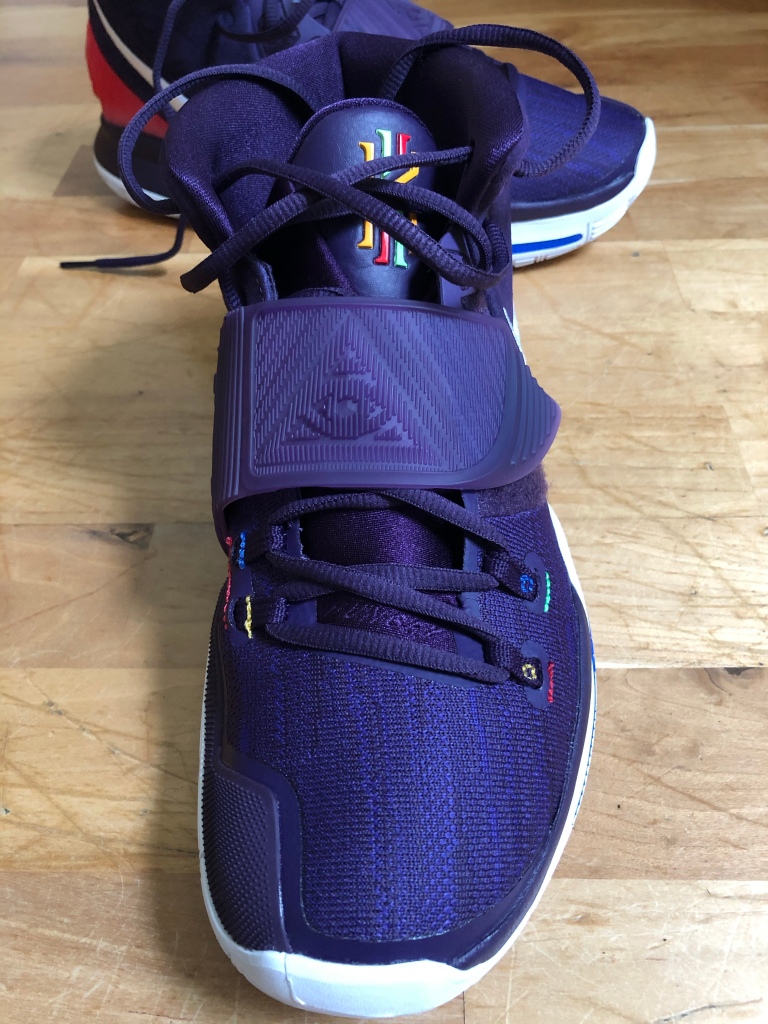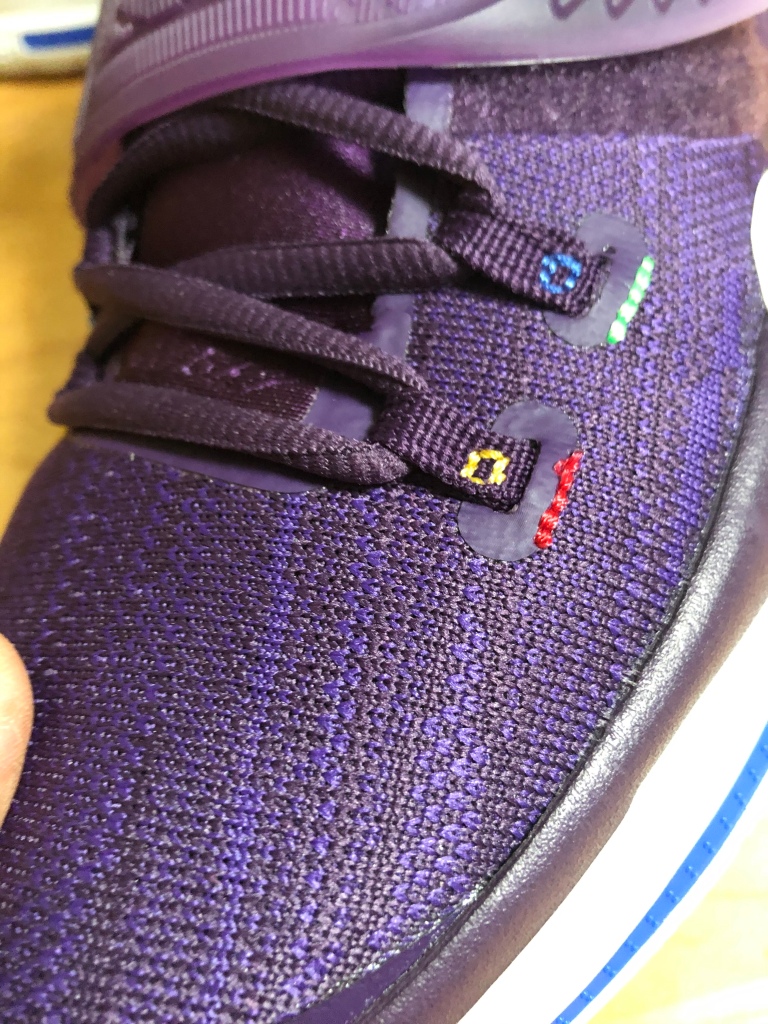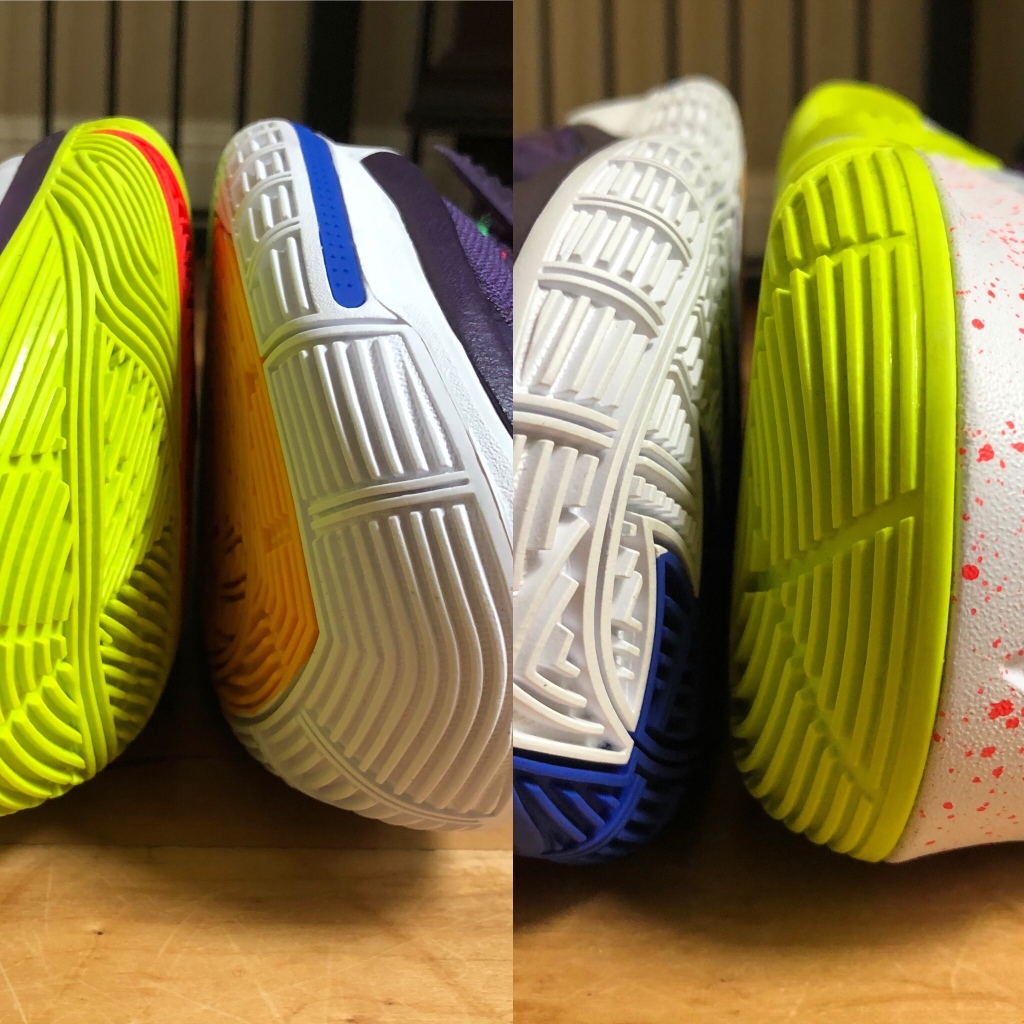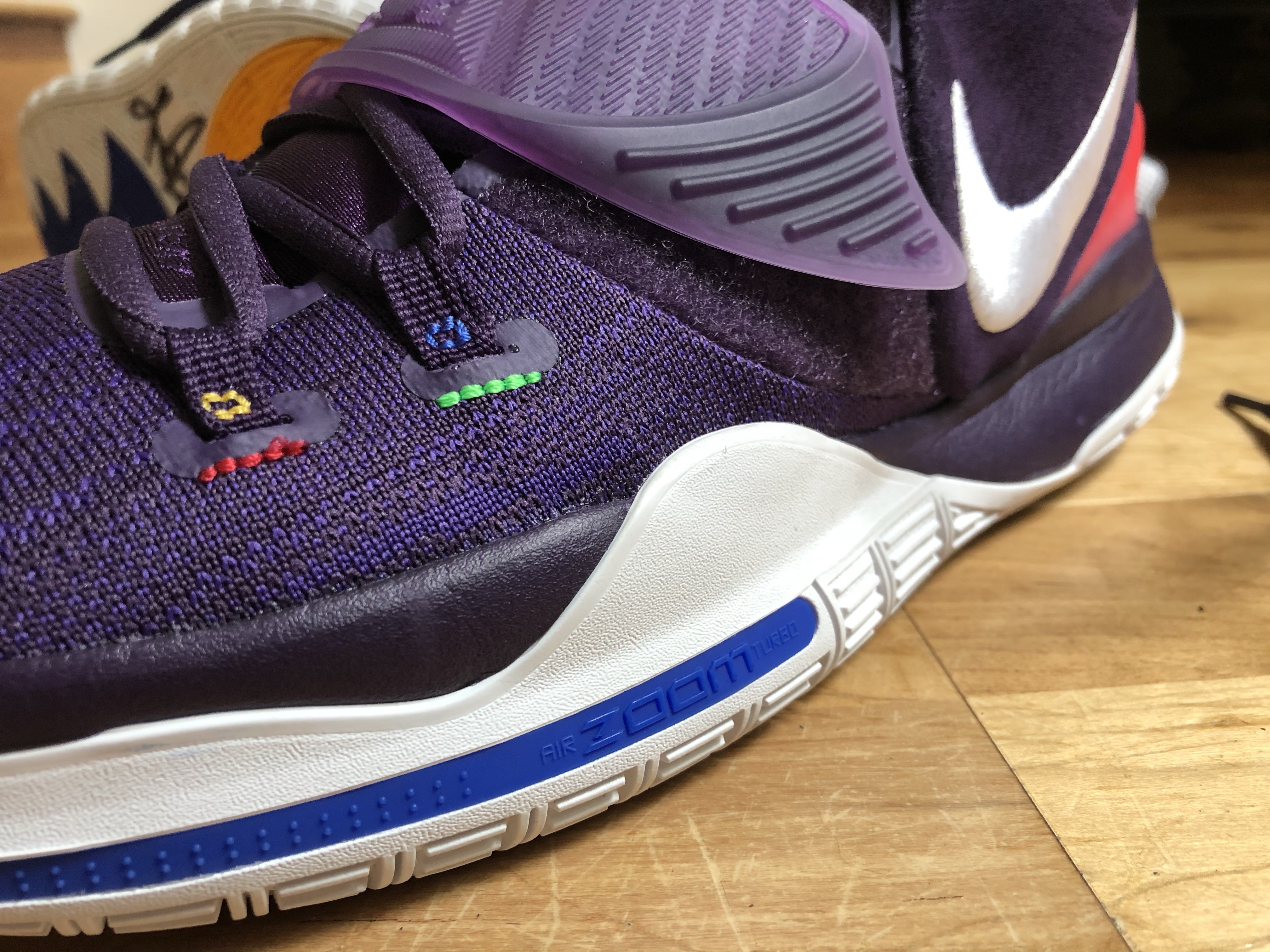18 years of performance basketball shoes built for the most explosive basketball player ever (EVER!!!). LeBron James’ Nike line is typically the flagship for Nike basketball technologies and the Nike LeBron 18 carries on the tradition.
The shoe already has a place in history. LeBron won his fourth title overall and first with the Los Angeles Lakers while wearing them in 2020’s NBA Bubble. But despite the hype, the question remains, is the LeBron 18 a great performing basketball shoe? Let’s find out.
Traction
Chris: The traction was very consistent during my time in the Nike LeBron 18. Indoors, it worked wonders. I love the flex grooves as it allowed the rubber to remain in contact with the floor at all times.
Outdoors, they’ve held their own as well. Not extremely durable, but effective nonetheless.
Bryan: No herringbone, but all of the herringbone angles are there, at least in the forefoot where they’re needed. The traction doesn’t have an extremely hard bite, especially on lateral movements. But to be honest, I never had issues unless the court was just absolute trash. I felt like I was slipping slightly when coming around curls and screens but realized it was more of the midsole compressing than the traction slipping.
One thing that helps keep the foot on the floor are the large flex grooves cut under the ball of the foot and then down the center of the forefoot from the top of the toebox to the ball of the foot. The same concept was used on the Nike LeBron 17 by splitting the Zoom Air in the forefoot but it allowed the shoe to lose floor contact. No such problem with the LeBron 18.
The heel reminds me of the Nike Zoom Flight 5 and Nike Zoom 2K3 with the nub pattern. Again, I had no issues at all with the heel. The large concave area in the heel works almost like a suction cup, offering an extra grab on the floor.
Outdoors? If the surface isn’t extremely rough and you can rotate with another pair you’ll probably be ok. The rubber is thick but the pattern is soft so you will burn through it fairly quick.
Stan: Solid. Unfortunately, I was only able to test the LeBron 18 outdoors due to the pandemic. And safe to say, these are completely blacktop friendly. I was able to really clamp down on the ground while in a defensive stance as well as maneuver myself out of a triple-threat position into a quick jab without worrying about sliding. No matter what type of cuts I made, the rubber traction held me down. It doesn’t stand out too much, it just works.
Drew: The guys nailed it. The LeBron 18’s traction worked well in all directions and I didn’t have any issues stopping or with lateral movements.
Cushion
Chris: Three layers of cushioning makes the Nike LeBron 18 one of the most cushioned shoes of 2020.
A Cushlon midsole surrounds a rear Air Max unit and a full length Zoom Strobel. Sometimes having this much cushion could end up being too soft which can create some lag time with your movements. However, the mix of cushioning systems worked well without much delay.
While they were comfortable indoors, outdoors is where the cushion shines. Impact protection is on another level. If you’re a player that wants to have as much cushion as possible then this is currently your best bet.
Bryan: By now you know the specs – Air Max in the heel, full length Zoom Air unit embedded in that heel Air Max and under the forefoot, and a Cushlon foam carrier. To be real, when I first played in them, it was almost too much. Seriously. How much cushion can you put in a shoe? However, after that first three game night, I was hooked. I played on a rubber “looks like wood” rec center floor and normally three games there kills my joints. The Lebron 18 got me through back to back nights of 4-5 games each and my legs still felt great.
I didn’t feel that Zoom “spring” like on the Air Jordan 35 or the Unlocked Zoom models (Air Jordan 28 being the first example). To me, the feeling was more like the LeBron 12 with the Lunar/Zoom insert, soft but not mushy and pillowy.
Court feel is an issue if you prefer Harden Vol 4 type feel. The LeBron 18 rides lower than the LeBron 17 but if you love court feel, the LeBron line is not for you. The only issue I had was on occasion when I turned on my heel into a jumper or landed off-center and the bubble compressed on the edges. That said, for straight-ahead play and defense, this is the new standard of basketball cushioning.
Stan: A good combination of speed and power. The best of both worlds. My knees appreciated the amount of impact cushioning the Nike LeBron 18 provided. No matter how heavy-footed my landings, the bounce-back was nearly as immediate as I needed so I could get out in transition. Those who aren’t as heavy-footed might not feel the compression as much, but that doesn’t mean it’s not working. The amount of feedback is ample for anyone who plays a hybrid power and speed game. No complaints here.
Drew: The LeBron 18 surpassed the LeBron 10 and LeBron 16 as my favorite cushioning on a LeBron model. I get a nice pop on every footstep. And the harder the surface of the court, the better the pop. This shoe will save ankles, knees, and back on outdoor courts while indoor courts are closed during the pandemic. The LeBron 18 made my legs feel younger and bouncier. This kind of “turn back time” type of cushioning is worth every penny.
Materials
Chris: Knitposite 2.0 is in place and feels like a thick knit, sort of like Nike’s Battleknit from the LeBron 15, but with a lot of glue sprayed onto it. The Knitposite 2.0 has a rubbery feel, but that makes it so there isn’t much stretch while also requiring little to no break-in time.
The toe areas have been fraying a bit, so the material isn’t perfect. But it’s about as durable a knit I’ve worn thus far.
Bryan: I know. It gets confusing keeping up with all of the different names for the Nike knits. If “knit” wasn’t in the name, though, you couldn’t tell. There is no stretch at all, the knit is so plasticized and glued it feels almost sticky in hand. Someone online compared it to a candle wick.
Don’t get me wrong, it flexes just fine and is comfortable on foot. Knitposite 2.0 just doesn’t feel like the Battleknit from LeBron 15 or even the forefoot Knitposite from the 17. The heel cup is a rubberized affair that wraps into and under the heel. The tongue is just…wow (not a good wow). ln my Reflections colorway it’s plastic fuse and it’s HOT. So hot, in fact, the worthless Air bubbles fogged over every time I played in them. Nothing affected the performance, but the tongue is usually a point of ventilation, except on the LeBron 18.
Stan: The updated tongue features three translucent air-like pods that mimic Nike Air. However, they have no function. In fact, the area between the airbag-like features where I tie my shoe, especially towards the top of the midfoot area, created some discomfort and pinching. It was quite uncomfortable. I had to loosen that area up just a tad on my right shoe. Luckily, I didn’t feel it as much in the left shoe.
The additional downside of the material is directly associated with the tongue itself. The tongue seemed to be made of a hard TPU plastic that causes chafing if you wear low cut socks. The issue was lessened when wearing thicker performance-based socks such as stri. Rumor has it the design and materials team knows this is an issue so hopefully we’ll see some changes and modifications on future colorways.
Drew: The tongue in my Lakers colorway is synthetic suede. While it didn’t chafe as bad as those with the Reflections colorway, it still bugs. The built in air bubbles make the tongue flex weird and it doesn’t really settle down until you lace all the way up. Luckily, the gusseted tongue doesn’t slide side to side. The LeBron 18 is begging for a LeBron 10 style tongue that would better match the nylon heel material.
Except for the tongue, all the other materials feel like high end synthetics worthy of a high end signature shoe.
Fit
Chris: The Nike LeBron 18 fits true to size. Lockdown is solid from a linear standpoint. Laterally, however, it could use some work.
The outrigger section of the shoe is a bit tippy on hard stops and quick starts. The more force and torque put on the forefoot really shows the fault with the wearer not sitting inside the midsole a bit, and how important an outrigger is. Implement those two changes and I’d be more comfortable with the shoe on a regular basis rather than grabbing them on days I’m feeling slow.
Tightening up the laces does help a little, but that also creates another issue with the cheap plastic tongue they used. It ends up digging into the top of my foot which makes me reluctant to wear them more often.
Bryan: The fit is definitely interesting. I bought a size 11 because I got lucky in this colorway at a Nike store. I’m normally a 10.5, so it worried me a bit. The length was a little more than I normally like, but the way the toebox dips down at the tip felt great. I tried on a true to size 10.5 in the Lakers colorway and honestly, I liked the fit of the size 11 better. The width hugs my foot perfectly and the lacing system really brings in the upper around the foot. The midfoot locks in with the cord/flywire lacing system. It’s nothing fancy but it does the job.
The lacing system also does a good job of pulling the heel into the cup, where thick padding wraps around the ankle/heel and stops any heel slip. Compared to the last 3 models, the LeBron 18 is the leader in lockdown and fit.
Stan: I’m a slightly wider foot as most of you already know. The LeBron 18 started off a little snug. However, true to size is the way to go. I have almost a thumbs-width worth of room in the front, which is the way I prefer it. The achilles notches in the interior really hug the back of your heel when the shoe is laced up. Again, I had a minor issue in my right shoe, where I had to loosen the lacing along the midfoot a tad to alleviate pinching, but the rest of the fit was solid.
Drew: I went true to size and it was the right decision. My foot had the right amount of room at the toe and I didn’t experience any sliding despite the knit upper. The huge achilles pillow enveloped my heel and kept it planted in the back of the shoe. And I didn’t experience any hotspots when lacing up tight. The LeBron 18 fits my foot almost perfectly.
Support
Chris: Heel support and containment are awesome. The forefoot, as stated in the fit section, could be tweaked. Sitting within the midsole will help a lot with ensuring you remain on the footbed while making lateral movements. An outrigger will also help avoid the roll over that you can experience as well.
Bryan: What would a LeBron model be without great support (minus the 15)? When your namesake is 6’9” and 275, support is super important. The support is based on the shoe construction. Lowering the midsole by a couple millimeters gives the forefoot a more stable feel. The knit around the forefoot and midfoot has almost zero stretch and really locks the foot in. The wide base under the foot and the siderails is a little bit higher than the midsole to keep your foot on the footbed without feeling completely restrictive. The LeBron 18 also has a more pronounced arch than the previous three models. If you’re a flatfooter, you definitely want to try them on first.
The rubberized heel cup feels like it would be too soft to really help but the internal construction layered within the cup keeps your ankles straight and your feet happy. The LeBron 18 is a solid, stable shoe that doesn’t feel like it.
Stan: The Nike LeBron 18 started off a little snug, however, due to the materials itself, after a little break in time, the shoe really contoured to my slightly wide-feet and felt fine. I felt locked in when running full steam forward and backwards on the court. I was slightly concerned about lateral movements as I felt the knitposite really stretching and the flywire reinforcement getting put to the test. If the outsole had an outrigger, it would probably lesson the issue. Overall, not great, but not bad at all bad.
Drew: I felt like I sat inside the midsole at the ball of the foot and the toe. It kept me in place. I’m not particularly fast these days, but I was able to execute all my go to moves on court. Lateral movements while playing defense also felt secure. I didn’t experience tipping or instability.
The big pliable heel counter does a great job of assisting in lockdown. I got a nice one to one fit that made the shoe feel like an extension of my foot. An extension of my foot with otherworldly cushioning that is.
Overall
Chris: Overall, the Nike LeBron 18 is almost a beast. Are they bad boys? Yes, the cushion is simply amazing. Traction was solid too. Again, the days I’m not feeling at my best physically are the days I go for the LeBron 18. However, the lateral instability stops me from dubbing them a complete performance beast. They’re very close to being back to that LeBron 8 level of performance so I’m excited to see what the LeBron 19 will offer.
Bryan: When you buy a LeBron shoe, you know what to expect – max cushioning, stability, and weight/bulk. Come on, it’s LeBron. He’s a beast on court that deserves a beast on foot. If you’re a bigger player who needs cushioning, or enjoy the feel of max cushion and don’t care about court feel, or are older like me and with little quickness left you but your knees are still willing and able, you definitely need to check out the LeBron 18. There’s no hurry to spend your $200 (plenty of the colorways will hit sale racks), but if you do, you’re getting the best cushioning on the market.
Stan: The LeBron 18 is heavy but plays light. Nike’s weartesters overlooked or really missed some basic stuff. And I say that as a former Nike weartester. I know what I’m talking about). We’re on the 18th LeBron model and some of these things shouldn’t be overlooked. However, with the change in the upper’s materials and the new cushion setup, we’ve really come a long way since the Air Zoom Generation and even the LeBron 7. I’m absolutely stoked about where Jason Petrie, Tim Day, and the rest of the team at Nike Basketball will take the line. Here’s to the next one.
Drew: The Nike LeBron 18 is my favorite basketball shoe of 2020. The cushioning is amazing, the comfort and lockdown were great, and I’m not fast enough to notice any support issues. The only issue for me was the stiff, annoying tongue. Fix that in a future colorway and I’ll buy another pair. The shoe’s bounce makes me feel younger and justifies the $200 price tag. Dropping $200 is never easy, but with something this comfortable, your ankle, knees, and back will thank you later.

